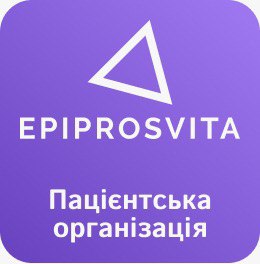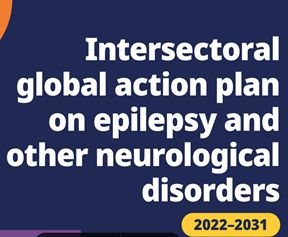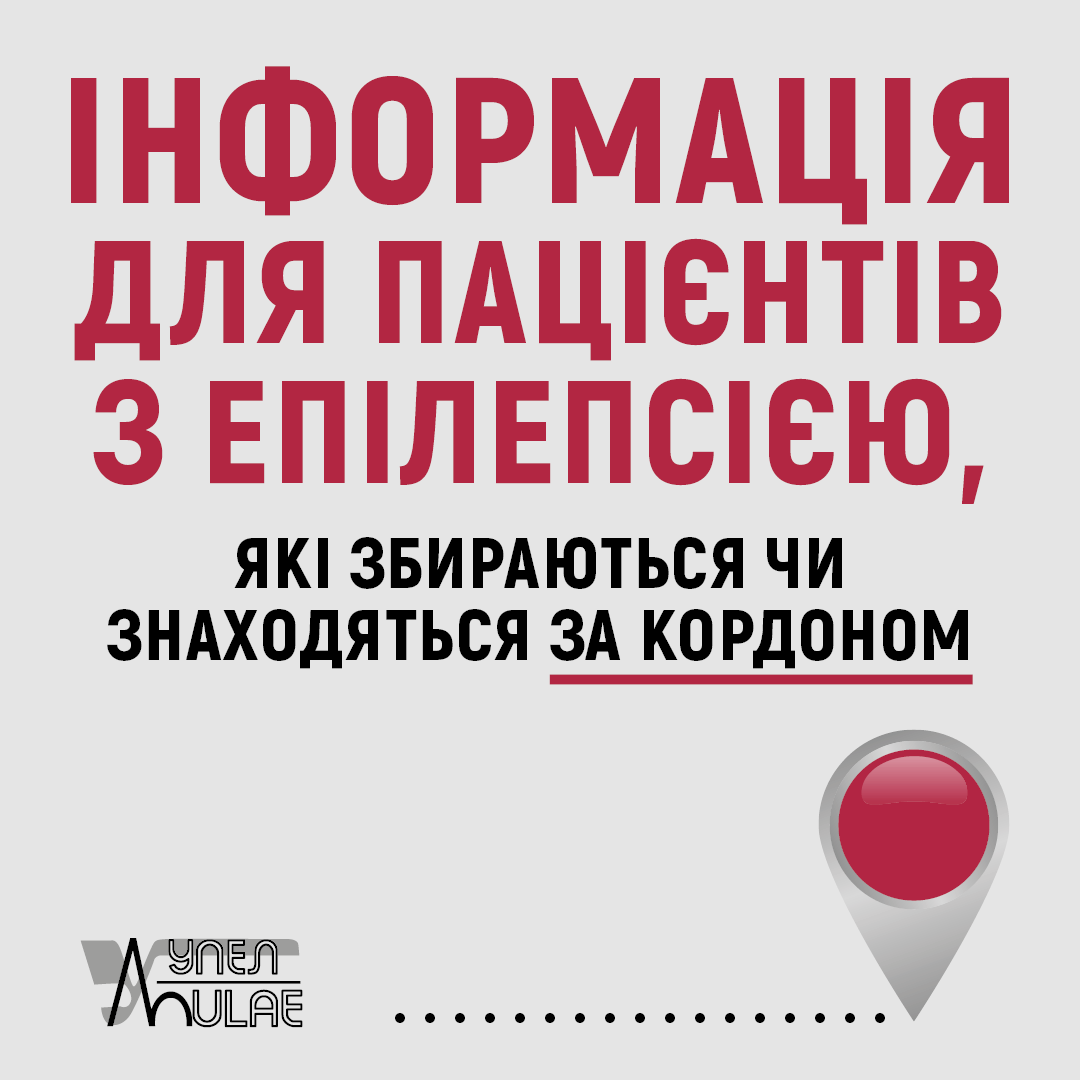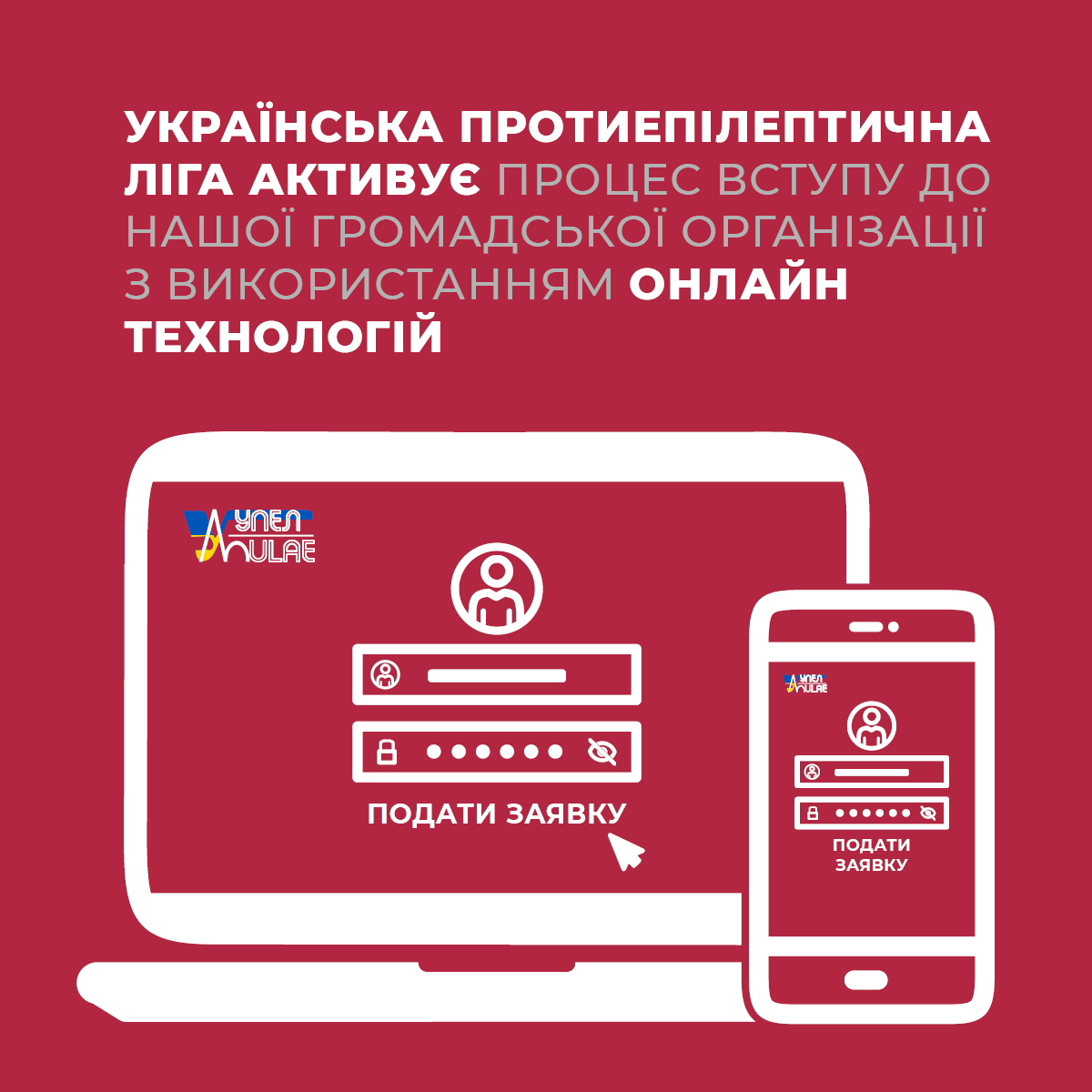Editor’s Choice vol. 115: Utilisation of specialist epilepsy services and
antiseizure medication adherence rates in a cohort of people with
epilepsy accessing emergency care.
Markus Reuber MD PhD, Academic Neurology Unit, University of Sheffield, Royal
Hallamshire Hospital, Glossop Road, Sheffield, S10 2JF
Some stories are not new but need to be told repeatedly before they have the effect they
deserve. My editor’s choice from volume 115 of Seizure is one such story. The study by
Mohamed Taha et al, describes the management and outcome of 266 consecutive seizure-
related Emergency Department (ED) attendances in hospitals in a large urban area in
Scotland. (1) A history of mental health disorder (recorded in 35% of ED attendances) and
active excessive alcohol and/or recreational drug use (observed in 25% of attendances)
were identified as risk factors for seizures in emergency presentations. ED attendances were
an indicator of poor outcome. One in 20 of the patients seen in ED with a seizure emergency
were dead within a year of their attendance. Almost half of the deaths identified (42.3%)
were associated with poor antiseizure medication adherence. Neurology staff (most likely
neurology doctors in training) only became involved in just over a quarter of emergency
attendances. When they did, they proposed treatment changes in most cases (60%).
These observations are not new. Previous research in the UK has demonstrated that
seizures are the most common neurological emergency leading to ED attendances (making
up 0.7% of unscheduled hospital admissions) (2). Despite the fact that seizures are a clear
marker of acute neurological pathology, other studies have shown that neurologists only
become involved in the assessment or treatment of a minority of cases (3). It is also well
recognised that, in those with pre-existing epilepsy, poor medication adherence is one of
the most common contributors to seizure-related ED attendances, and that antiseizure
nonadherence is associated with a threefold increase in mortality (4).
The reason this story needs to be told again is that alternative care pathways – intended to
reconnect patients experiencing seizure emergencies to appropriate specialist services
rather than simply transporting them to an ED - have been described but rarely
implemented (5). The opportunity to improve the management of seizures, seizure
disorders and underlying pathologies is still too often missed by neurological service
providers. Of course, input from neurologists alone will not be sufficient to address all of the
medical, social and mental health needs of patients presenting with seizures in EDs, but it
could make a significant contribution to better care and outcomes.
References
(1) Taha M, Hanif S, Dickson G, Todd J, Fyfe D, MacBride-Stewart S, Hassett R, Marshall
AD, Heath CA. Utilisation of specialist epilepsy services and antiseizure medication
adherence rates in a cohort of people with epilepsy (PWE) accessing emergency
care. Seizure. 2023 Dec 27;115:59-61.
(2) Dickson JM, Jacques R, Reuber M, Hick J, Campbell MJ, Morley R, Grünewald RA.
Emergency hospital care for adults with suspected seizures in the NHS in England
2007-2013: a cross-sectional study. BMJ Open 2018;8(10):e023352.
(3) Dickson JM, Dudhill H, Shewan J, Mason S, Grünewald RA, Reuber M. Cross-sectional
study of the hospital management of adult patients with a suspected seizure (EPIC2).
BMJ Open 2017;7(7):e015696.
(4) Faught E, Duh MS, Weiner JR, Guérin A, Cunnington MC. Nonadherence to
antiepileptic drugs and increased mortality: findings from the RANSOM Study.
Neurology 2008;71:1572-8.
(5) Dickson JM, Rawlings GH, Grünewald RA, Miles K, Mack C, Heywood T, Reuber M.
An alternative care pathway for suspected seizures in pre-hospital care: a service
evaluation. British Paramedic Journal 2017;2:22–28.





